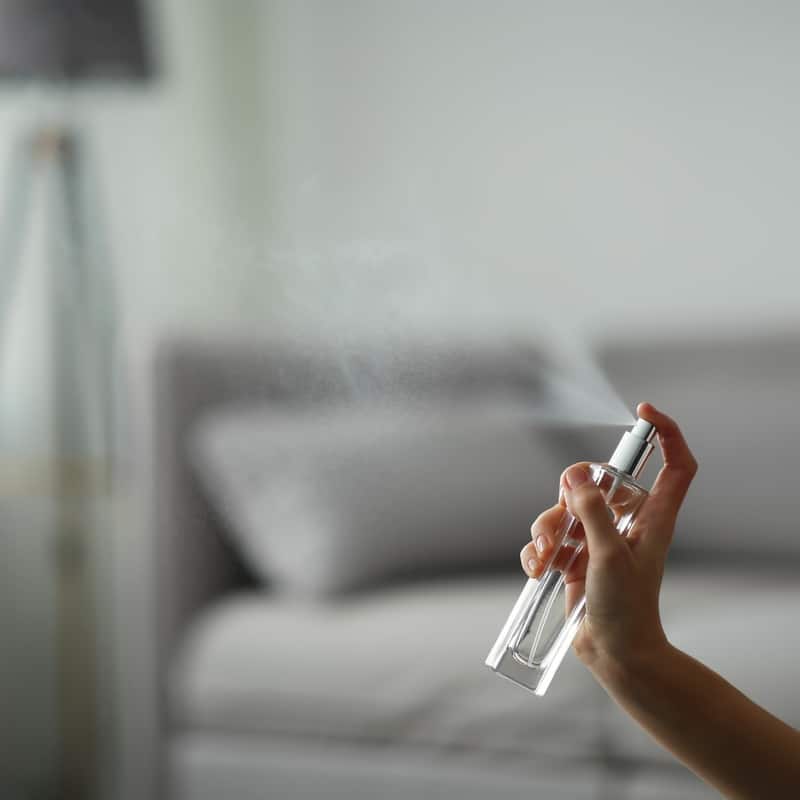Room sprays are a simple pleasure. Just a few spritzes, and suddenly, a space feels a little more “you.” Whether you’re aiming to relax, recharge, or freshen up the home, it’s easy to assume any spray will do the trick. But not all room sprays are the same. Below are five room spray mistakes you might be making and how to fix them for a healthier, more soul-nourishing space.
1. Ignoring the Ingredients
The scent may be spa-like, but if a spray is mostly synthetic chemicals, it could irritate the skin or lungs. Natural doesn’t always mean safe, either; for example, essential oils can be potent. The key is to read labels and understand what’s inside the bottle.
Look for clear labeling with terms like “phthalate-free” and “non-toxic” for a cleaner option. Avoid vague ingredients like “fragrance” or “parfum,” as they often hide a cocktail of undisclosed chemicals.
There are plenty of other things to consider when choosing a room spray, too, like whether it’s safe for pets or children. If you have kids or furry companions, search for phrases like “kid-safe” or “pet-safe” to ensure their safety.
2. Using Too Much
It’s tempting to spritz liberally for an instant refresh, but overdoing it can quickly backfire. Too much room spray can overwhelm the senses and cause headaches or irritation. Start with one or two sprays in the center of the room or on fabric surfaces, such as a pillow.
Avoid spraying directly into the air where the scent is too concentrated. Opt for layering scents subtly rather than saturating the space all at once.
3. Skipping the Patch Test
Before using a new room spray on any textile, do a patch test to avoid unwanted stains. Choose a small, inconspicuous area—like the inside hem of a curtain or the underside of a cushion cover—and spray a light mist. Wait 24 hours to see if there’s any discoloration, damage, or change in odor.
4. Using Spray as a Shortcut
Selecting a scent that clashes with your current mood does more harm than good. An overpowering or overly sweet fragrance, for example, might increase anxiety or irritation when you’re seeking calm. Instead, match your room spray with how you want to feel, not just what smells good.
It’s also common to use room sprays as a quick fix for stress. While a pleasant scent is helpful, relying solely on sprays to manage tension overlooks the broader concept of self-care. Combining aromatherapy with mindful breathing, movement, or meditation supports deeper emotional wellness.
5. Be Intentional With Your Scent
The most common of the five room spray mistakes you might be making is forgetting to be intentional. Your environment influences how you feel, think, and recharge. Scent is a small but powerful way to honor your space and yourself. Choose wisely, spray mindfully, and let your room support your wellness from the inside out.

